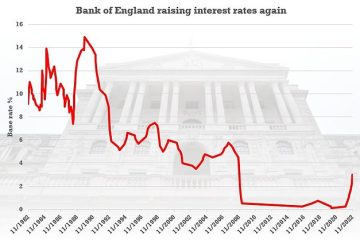Estonia vs Italy: A Comparative Analysis

Introduction
The comparison between Estonia and Italy highlights the diverse cultural, historical, and economic backgrounds of these two European nations. While both countries are located in Europe, they exhibit stark differences in their socio-economic conditions, historical development, and cultural traits. Understanding these contrasts is essential for anyone interested in European studies, international relations, or simply curious about global diversity.
Cultural and Historical Background
Estonia, located in Northern Europe, has a rich history influenced by various occupations including German, Swedish, and Russian rule. This has shaped its unique blend of Nordic and Baltic cultures. The Estonian War of Independence in 1918 established its sovereignty, which was temporarily lost during World War II before regaining independence in 1991.
On the other hand, Italy boasts a long and complex historical narrative, being the birthplace of the Roman Empire and the Renaissance. Its rich cultural heritage is reflected in art, architecture, and cuisine. Italy’s unification in the 19th century brought together various kingdoms and principalities, forming the modern Italian state.
Economic Comparison
In terms of economy, Italy is one of the largest economies in the European Union, with a diverse industrial sector that includes fashion, automotive, and machinery. According to the International Monetary Fund (IMF), Italy’s GDP in 2022 was approximately $2 trillion, making it a crucial player in the European market.
Conversely, Estonia’s economy is significantly smaller, with a GDP of around $35 billion as of 2022. Despite its size, Estonia has made impressive strides in digital innovation and e-governance, positioning itself as a leader in European tech advancement. The country has seen considerable economic growth since joining the EU in 2004, with significant investments in technology and infrastructure.
Political Landscape
Politically, Estonia operates as a parliamentary democracy, with a focus on progressive policies and digital innovation. Estonia’s membership in the European Union and NATO strengthens its geopolitical stance in Eastern Europe.
>Italy also functions as a parliamentary democracy but faces political fragmentation and challenges in governance due to its multi-party system. The country’s political landscape has led to frequent changes in leadership, complicating policymaking and economic reforms.
Conclusion
In summary, the contrast between Estonia and Italy emphasizes the rich diversity within Europe. While Estonia offers a unique perspective on digital governance and a complicated history of independence, Italy provides insights into Renaissance culture and political complexity. These comparisons highlight not only the differences but also the opportunities for collaboration and growth in various sectors, including technology, trade, and cultural exchange. For readers, understanding these distinctions can enrich their perspective on European identity and international relations.








